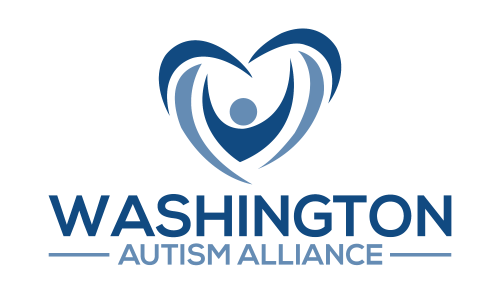African-American and Black (AA/B) youth and adults diagnosed with an autism spectrum disorders rarely are supported in a way that acknowledges both their racial identity and their autism diagnosis. Little is known about intersectional oppression in the lives of these children and adults. As people of color may come to terms with a society that may not treat them fairly and equally due to their race, autistic AA/B young adults may be even more vulnerable to stress and psychological disempowerment due to the added impact of negative experiences of being Black and having an autism diagnosis.
There's ample evidence Autistic AA/B youth experience isolation and restraints disproportionately in public schools in comparison to other youth (Source: OSPI Restraint and Data ). Factors such as disparities in diagnosis, access to service and cultural understanding can impact the journey of individuals within our communities. it's essential to address these complexities to ensure comprehensive support and inclusivity. Autistic AA/B youth and adults experience significant barriers in accessing medical, behavioral and psycho-educational services throughout Washington.
To improve intersectionality among AA/B youth and adults with autism, efforts should focus on:
1. Cultural Competence in Diagnosis: Enhance cultural competency among healthcare professionals to ensure accurate and unbiased autism diagnoses, considering cultural nuances in communication and behavior.
2. Community Education: Increase awareness and understanding of autism within African-American and Black communities through community-based education programs, workshops, and resources that are culturally sensitive.
3. Access to Services: Address disparities in access to autism services, therapies, and support by advocating for inclusive policies and programs that cater to diverse needs and backgrounds.
4. Support Networks: Foster community support networks that acknowledge the unique challenges faced by individuals at the intersection of being African-American or Black and having autism. This includes support groups, mentorship programs, and online communities.
5. Culturally Tailored Interventions: Develop interventions and therapies that consider cultural contexts, incorporating elements that resonate with the experience.
By addressing these aspects, we can work towards a more inclusive and supportive environment for for African American and Black autistic individuals.
Thank you for standing together with us for change!
~Arzu Forough


